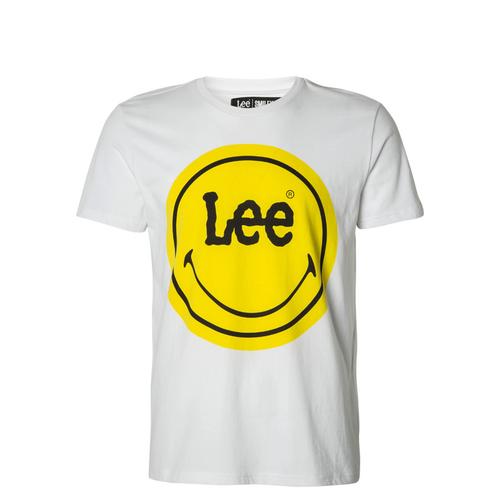The application of environmentally friendly fabrics in the field of clothing is the new favorite of fashion trends. More and more brands and designers are paying attention to sustainable development and environmentally friendly materials. The following are some new trends in environmentally friendly fabrics in clothing:
1. Regenerated fiber: Regenerated fiber is made from waste or renewable resources as raw materials fiber. For example, recycled polyester fiber is made from discarded plastic bottles, and recycled cotton fiber is made from discarded cotton. These recycled fibers offer the advantage of reducing environmental impact while maintaining the comfort and performance properties of the fiber.
2. Organic textiles: Organic textiles refer to fabrics made from cotton, hemp or other natural fibers grown using organic farming methods. Compared with traditional agriculture, organic agriculture does not use chemical pesticides and fertilizers, reducing the negative impact on the environment and human health. Organic fabrics are soft, breathable and comfortable, and usually have certification marks such as GOTS (Global Organic Textile Standard).
3. Natural fibers: Natural fibers such as flax, hemp, bamboo fiber, etc. have also received more and more attention in recent years. These natural fibers are renewable, biodegradable and require low amounts of water and chemicals. Clothing made from natural fibers is often comfortable, breathable, moisture-absorbent and antibacterial, while also reducing the burden on the environment.
4. Plant dyes: Traditional dye manufacturing processes usually use chemically synthesized dyes, which have certain negative effects on the environment and human health. Vegetable dyes use natural pigments extracted from plants for dyeing, which is environmentally friendly and sustainable. Vegetable dyes can create unique color effects and reduce the environmental impact when making clothing.
5. Circular economy design: Circular economy design is a design method that converts waste into new products or raw materials. In the field of clothing, some brands have begun to use waste clothing recycling to produce new fabrics and clothing. This circular economy design can reduce resource consumption and waste generation, creating a more environmentally friendly and sustainable clothing industry.
Understanding and choosing environmentally friendly fabrics can not only pursue fashion trends, but also contribute to sustainable development. When purchasing clothing, we can choose brands that use environmentally friendly fabrics and production methods, and actively support the sustainable clothing industry.






